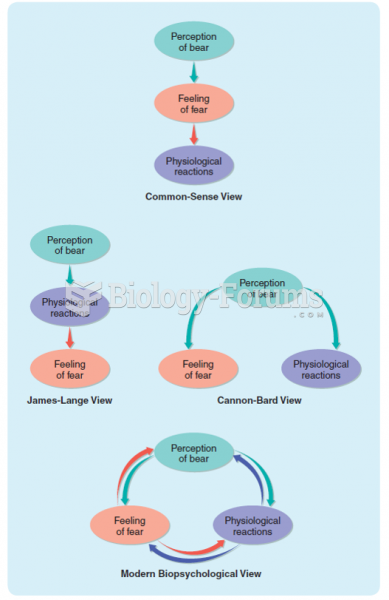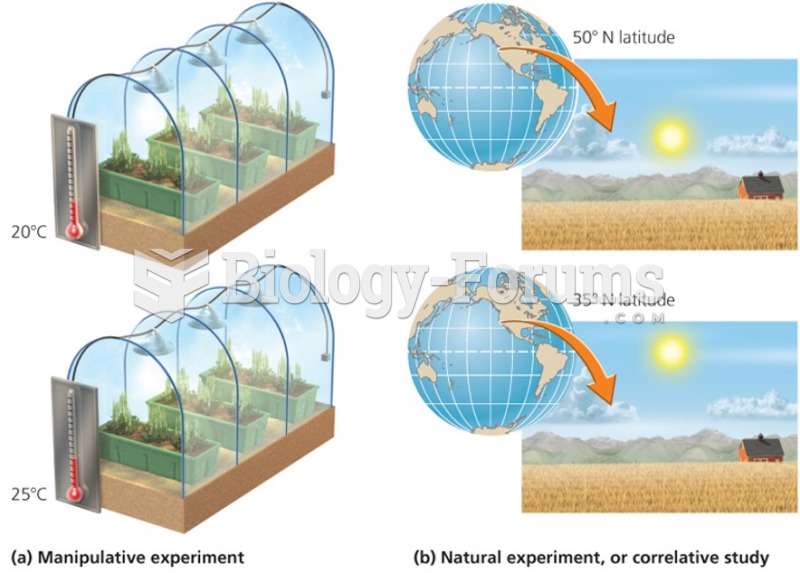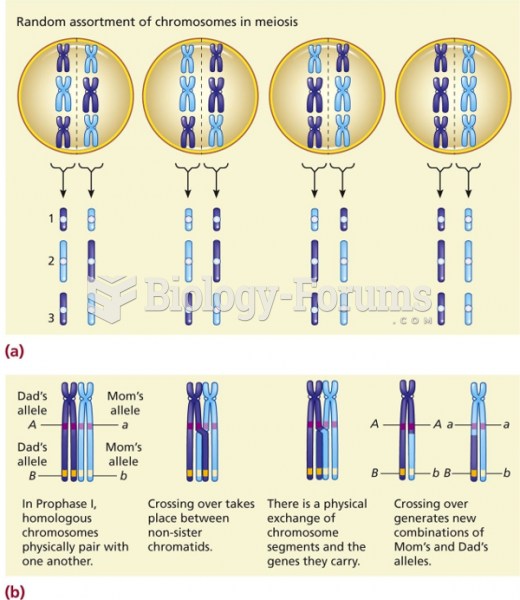Answer to Question 1
The Clean Air Act Amendments (CAAA) of 1990 target specific pollutants more directly and enforce compliance more aggressively, through such means as the imposition of sanctions. As with the earlier law, the states do much of the work in carrying out the mandates of the 1990 act. Each state must develop a State Implementation Plan (SIP) that is required to go through a process of public comment before being submitted to the EPA for approval. One major change is a permit application process (already in place for the release of pollutants into waterways). Polluters must apply for a permit that identifies the kinds of pollutants they release, the quantities of those pollutants, and the steps they are taking to reduce pollution. Permit fees provide funds the states can use to support their air-pollution control activities. The amendments also afford more flexibility than the earlier command-and-control approach, by allowing polluters to choose the most cost-effective way to accomplish the goals. In addition, the legislation uses a market system to allocate pollution among different utilities.
Answer to Question 2
The crude birthrate (CBR) and crude death rate (CDR) are the number of births and deaths, respectively, per thousand of the population per year. To obtain the percent rate of growth one subtracts the number of deaths from the number of births and then divides by ten to give the percent increase or decrease in population per year. To obtain the doubling time the percent rate of growth is divided by seventy.







